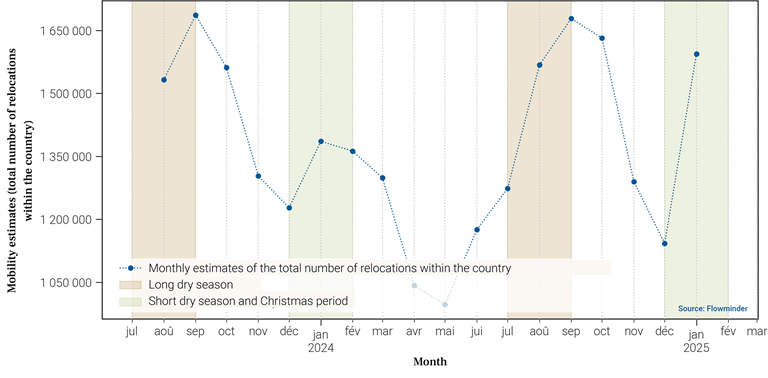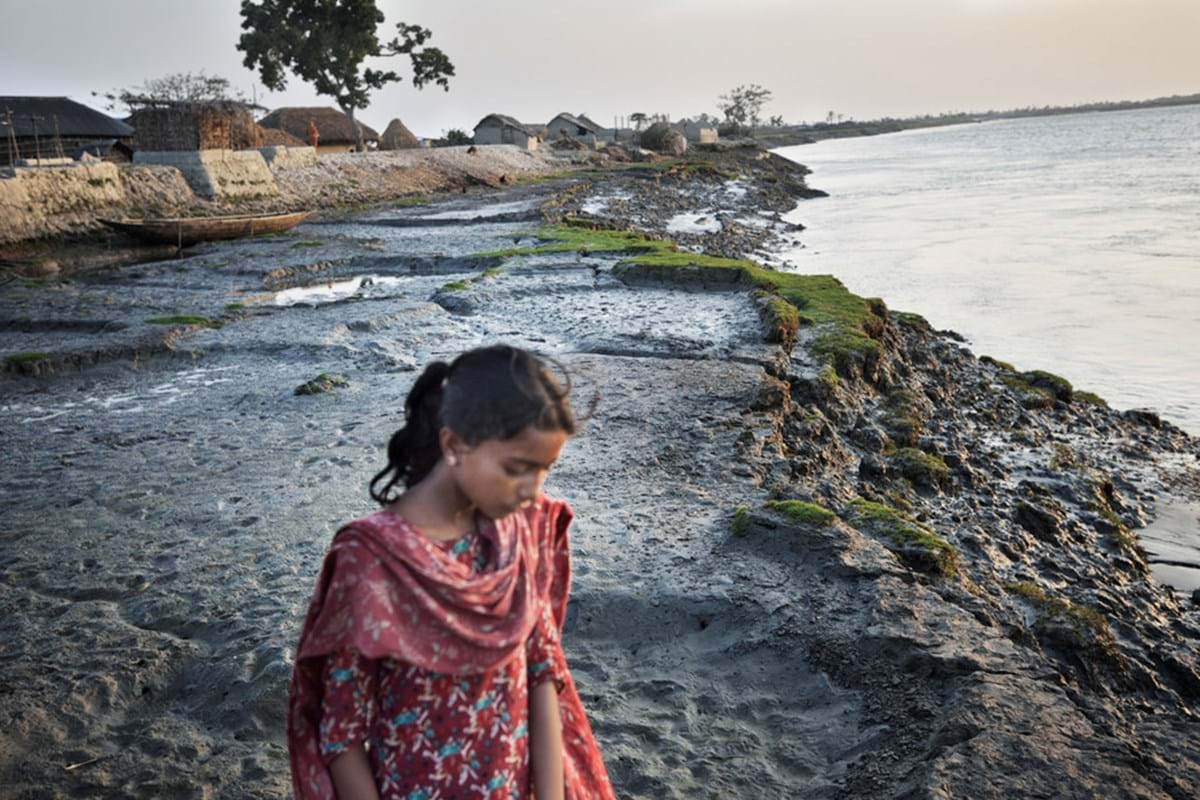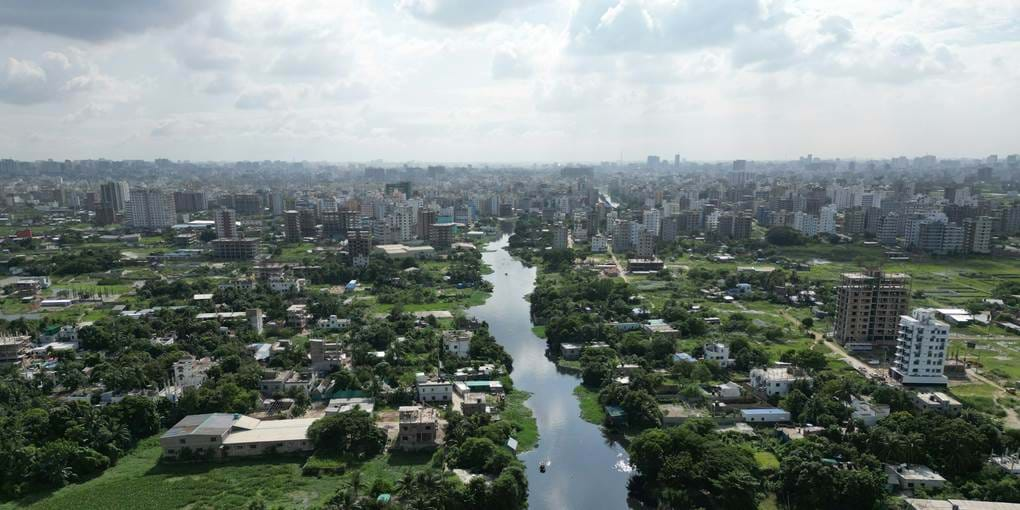Harnessing population and mobility insights to guide smarter investments in climate adaptation, mitigation and resilience.
Climate change is reshaping where and how people live. Rising sea levels, extreme weather events, and shifting ecosystems are driving unprecedented internal migration and displacement.
For organisations investing in climate adaptation, mitigation, and resilience, understanding how populations move, where they settle, and the economic and environmental consequences of these shifts is essential to tackle climate change and prioritise the right investment locations.


Using big data innovation, primarily via the analysis of mobile operator metadata, we provide operational tools and cutting-edge research that transform mobility and population data into actionable insights.
From displacement estimations after climate shocks (see our disaster management solutions here) to detecting the impacts of climate change on population distributions due to migration, and on economies, we can help you anticipate and reduce risks, protect vulnerable populations, and target investments where they matter most.
Estimating monthly internal migration and the impact of climate change
Using pseudonymised Call Detail Records (CDRs), we can estimate monthly internal mobility and migrations and de-facto resident population statistics at national and sub-national levels each month over the past five years. From these, we can detect trends in population growth, decline or fluctuations, as well as trends in population flows across urban, peri-urban, and rural settings.
This high-resolution temporal and spatial analysis can help us understand, and monitor, how human settlements are evolving in response to environmental, economic, and social pressures.

By identifying areas of increasing population pressure, such as coastal zones vulnerable to sea level rise or forested regions at risk of deforestation, our data can inform targeted climate adaptation strategies, land-use planning, and resource allocation.
Conversely, mapping areas of population decline may signal environmental stress or opportunities for ecosystem restoration.
Our outputs can also serve climate mitigation efforts by supporting urban planning to reduce emissions associated with uncontrolled urban sprawl and construction - as well as better planning and targeting interventions in areas prone to hazards influenced by climate change such as floods and droughts.
Because CDRs are continually generated and stored, our population statistics can also be produced in a live near-real-time manner. Furthermore, the data can feed into forecasting models that guide both immediate response and long-term resilience-building, enhancing national and local decision-making capacities in the face of climate change.

Case studies

Understanding Climate Change and Migration Patterns in Bangladesh
We've been researching methods using mobile phone data to understand the long- and short-term effects of climate change and migration patterns in Bangladesh.
Leveraging years of experience in estimating and predicting population movements before, during and after crises to support disaster preparedness, response, and recovery.
Since pioneering the use of de-identified mobile operator data to estimate population displacement during the 2010 Haiti earthquake, we have applied our expertise across multiple crises (see our publications and case studies), and help humanitarian actors and governments in many countries across the globe identify where people are located and how they are moving, enabling faster, more effective interventions.
Our insights also enhance early warning systems (EWS), combining mobility and hazard data to improve predictions and ensure at-risk communities receive timely alerts. This approach strengthens both immediate response and long-term recovery planning.
Photo by jannet eldhose on Unsplash

If you are exploring opportunities to strengthen your climate projects using big data, we would be delighted to discuss how we can support you.
Book a call with our team to learn more about how we can contribute to your climate action portfolio.
